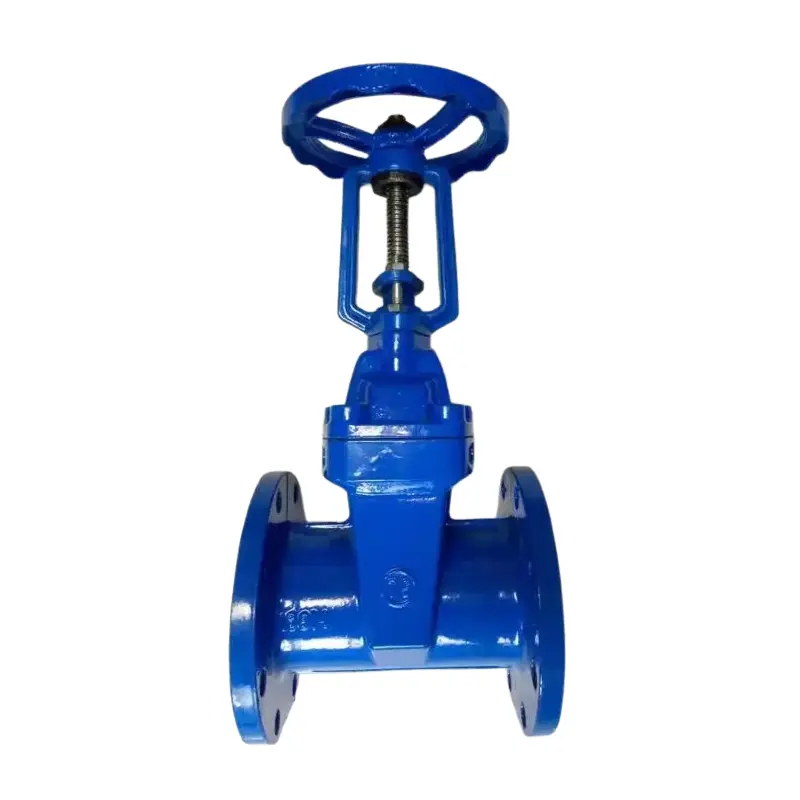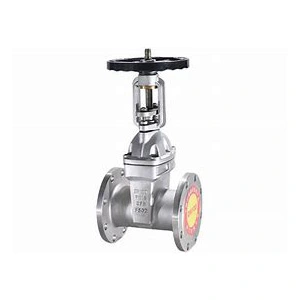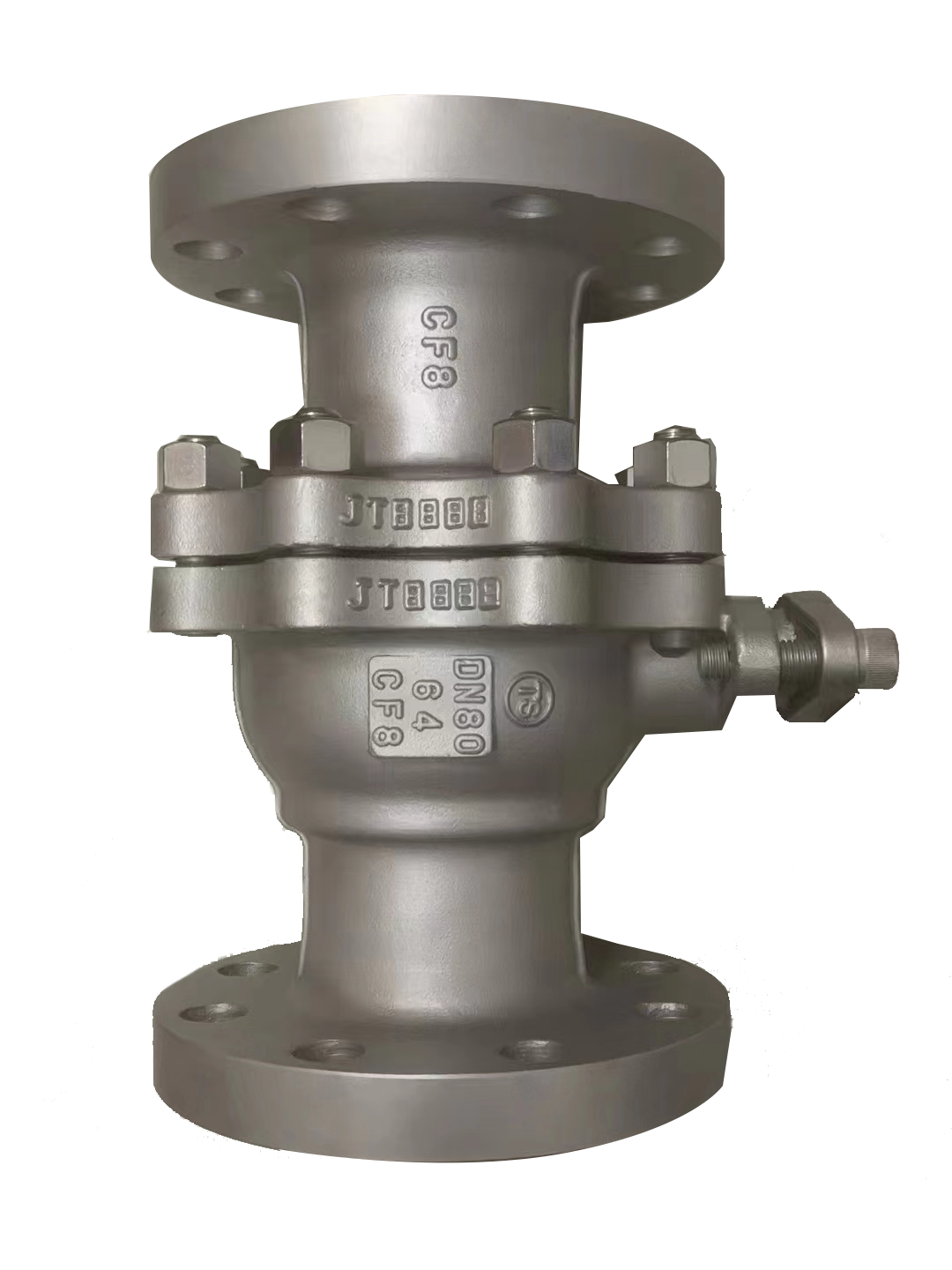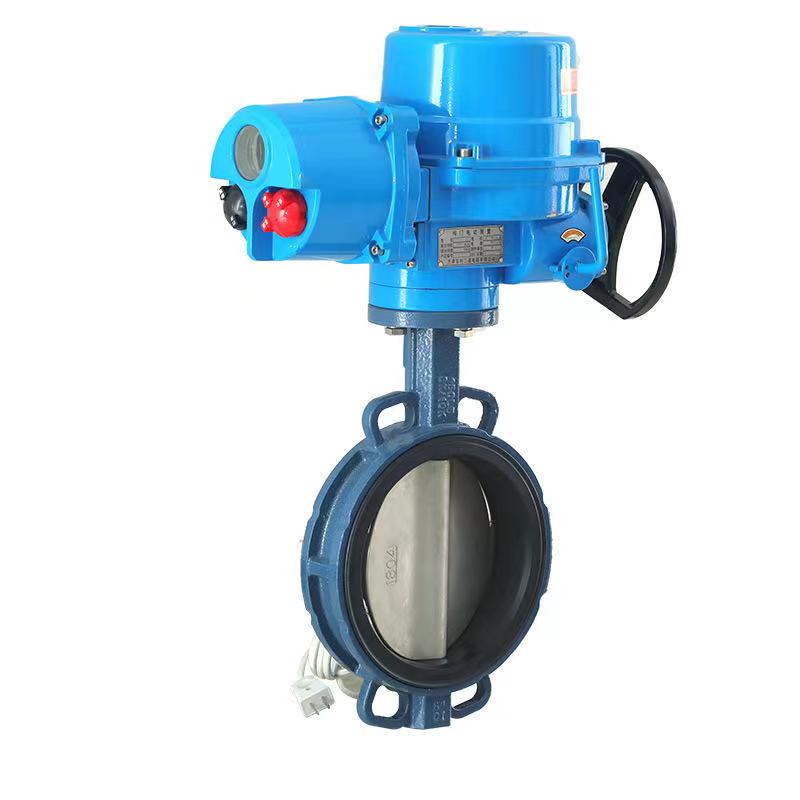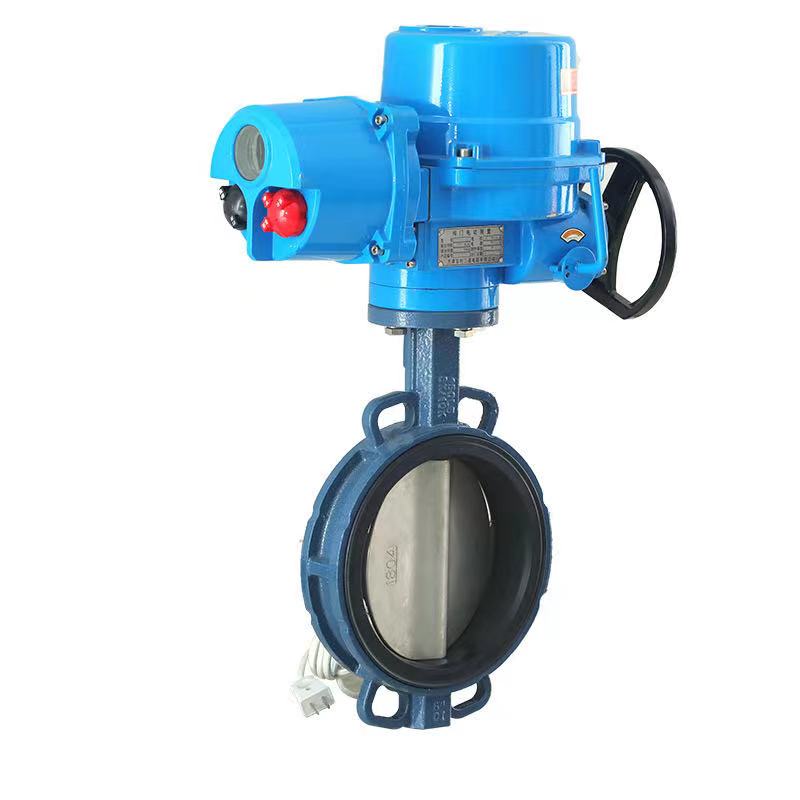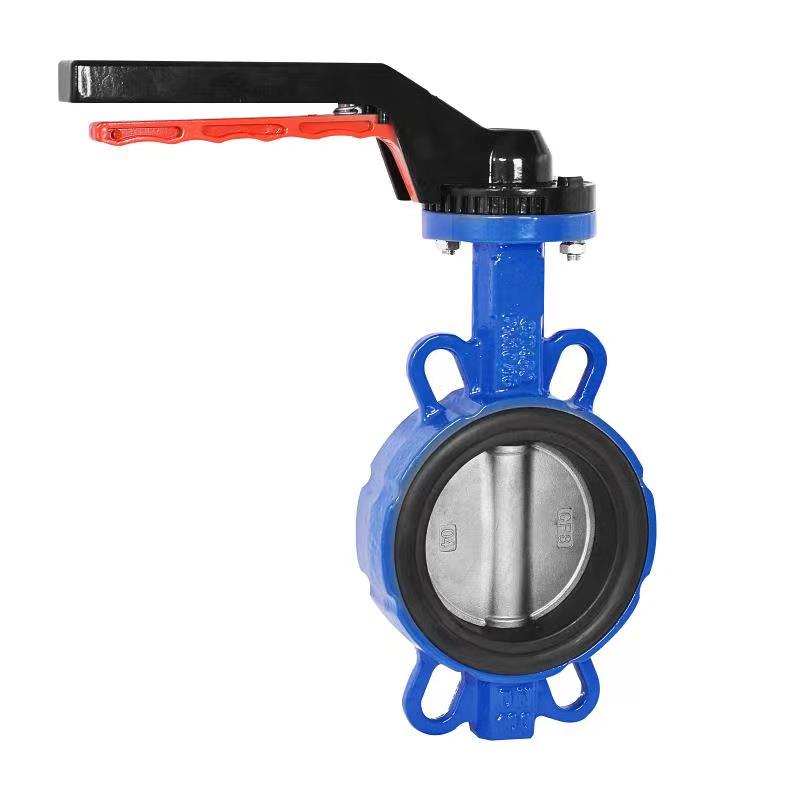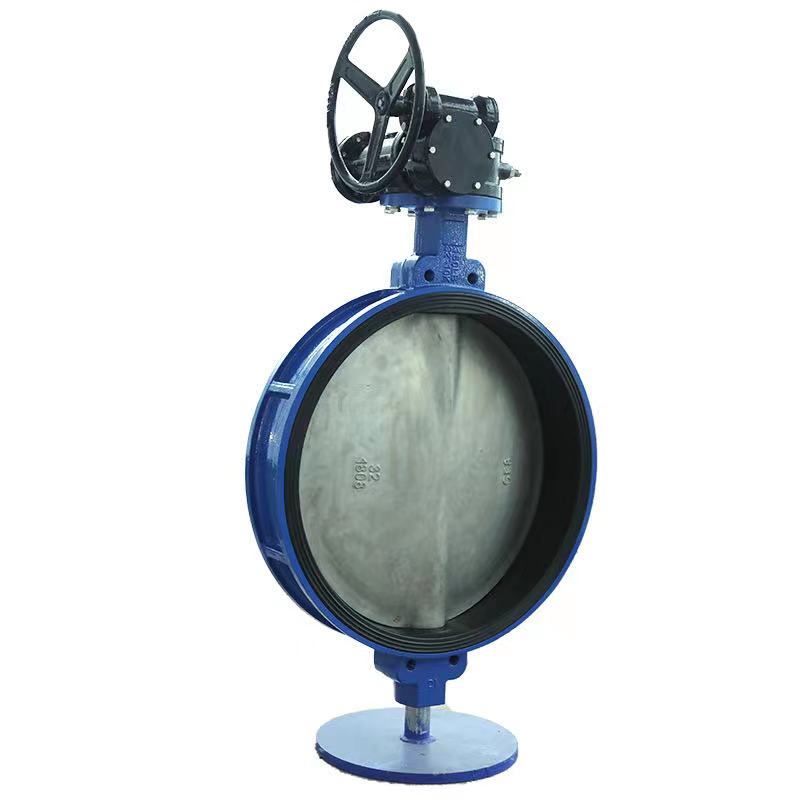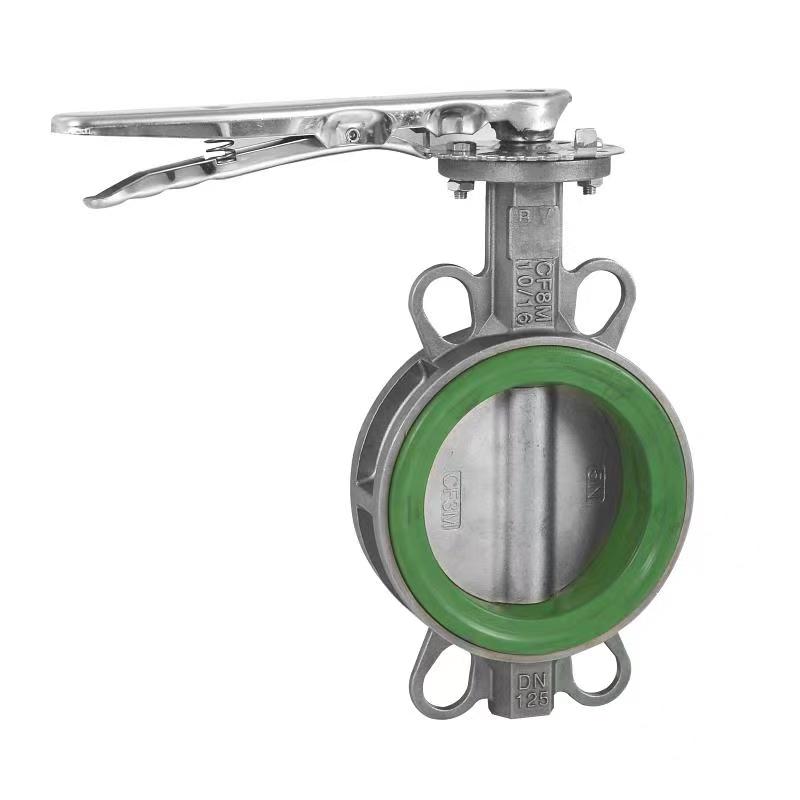- English
- Español
- Português
- русский
- Français
- 日本語
- Deutsch
- tiếng Việt
- Italiano
- Nederlands
- ภาษาไทย
- Polski
- 한국어
- Svenska
- magyar
- Malay
- বাংলা ভাষার
- Dansk
- Suomi
- हिन्दी
- Pilipino
- Türkçe
- Gaeilge
- العربية
- Indonesia
- Norsk
- تمل
- český
- ελληνικά
- український
- Javanese
- فارسی
- தமிழ்
- తెలుగు
- नेपाली
- Burmese
- български
- ລາວ
- Latine
- Қазақша
- Euskal
- Azərbaycan
- Slovenský jazyk
- Македонски
- Lietuvos
- Eesti Keel
- Română
- Slovenski
- मराठी
- Srpski језик
- Esperanto
- Català
- שפה עברית
- Cymraeg
- Latviešu
- icelandic
- ייִדיש
- беларускі
- Hrvatski
- Kreyòl ayisyen
- Shqiptar
- Malti
- lugha ya Kiswahili
- አማርኛ
- Bosanski
- Frysk
- ភាសាខ្មែរ
- ქართული
- ગુજરાતી
- Hausa
- Кыргыз тили
- ಕನ್ನಡ
- Corsa
- Kurdî
- മലയാളം
- Maori
- Монгол хэл
- Hmong
- IsiXhosa
- Zulu
- Yoruba
- অসমীয়া
- ଓଡିଆ
- Twi
- Samoa
- Sesotho
- සිංහල
- Gàidhlig
- Cebuano
- Somali
- Тоҷикӣ
- O'zbek
- Hawaiian
- سنڌي
- Shinra
- Հայերեն
- Igbo
- Sundanese
- Lëtzebuergesch
- Malagasy
- Tǝlam Kanuri
- Punjabi
- پښتو
- Chichewa
Is the ball valve opening and closing fast?
2025-10-17
The opening and closing speed of ball valves varies depending on the driving method. Pneumatic ball valves open and close very quickly, up to 0.05 seconds per time, while electric ball valves are relatively slow, usually taking 15-30 seconds. The specific analysis is as follows:
Pneumatic ball valve: driven by a pneumatic actuator, the execution speed is extremely fast, up to 0.05 seconds per time, so it is also known as the "pneumatic quick cut-off ball valve". This type of ball valve is usually equipped with accessories such as solenoid valves, air source processing triplets, limit switches, etc., which can achieve local control and remote centralized control. It is suitable for scenarios that require quick cut-off or adjustment, such as emergency cut-off systems in industries such as chemical and petroleum.
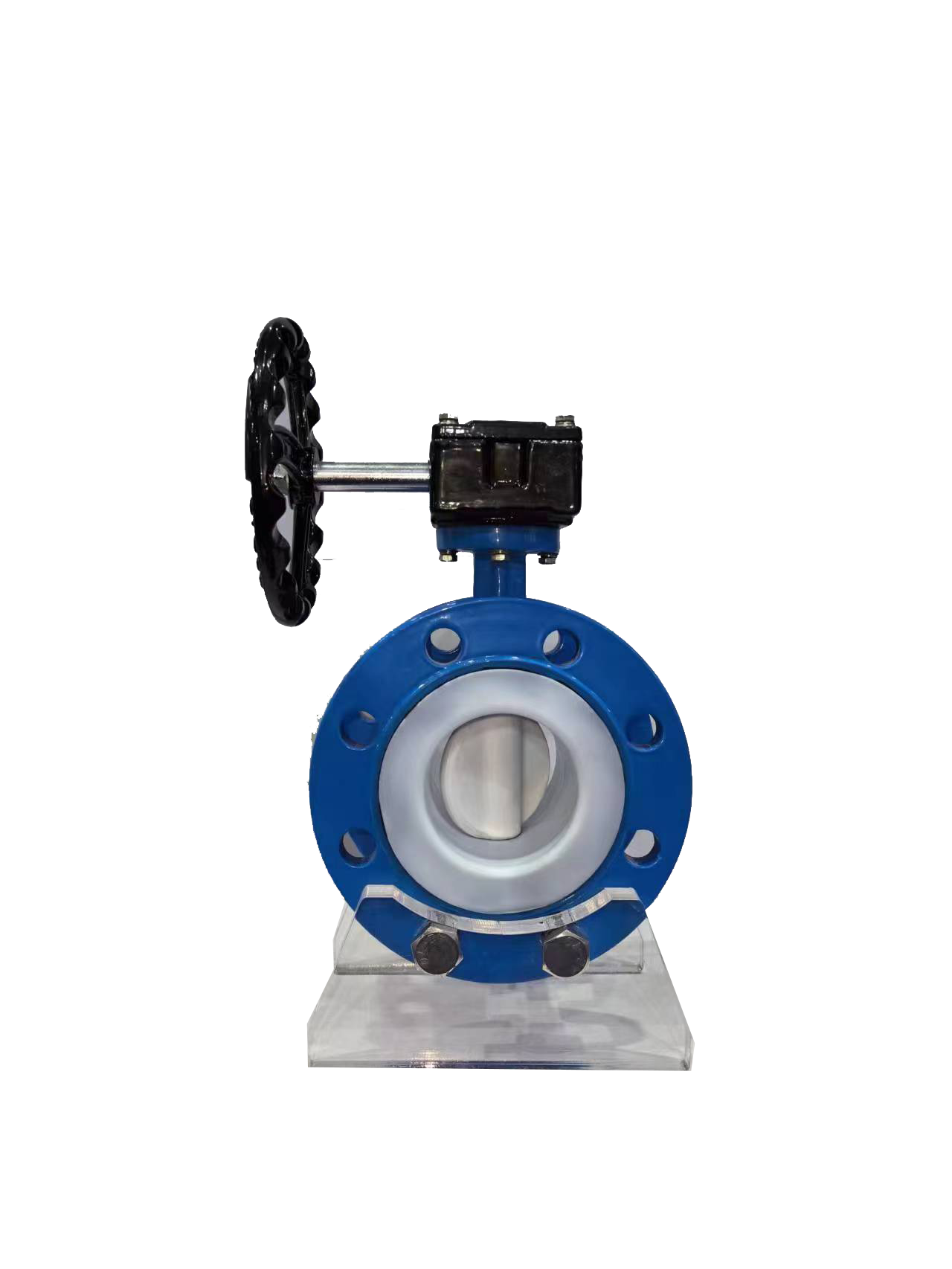
Electric ball valve: driven by an electric actuator, the opening and closing speed is relatively slow, usually taking 15-30 seconds. But some electric ball valves can shorten the opening and closing time by adjusting the parameters of the electric actuator (such as speed and torque), and small-diameter electric ball valves can even be adjusted as fast as 12-15 seconds. Electric ball valves are suitable for scenarios that do not require high switching speed, but require precise control or a high degree of automation, such as building automation, water treatment systems, etc.
Manual ball valve: driven by a handle or handwheel, the opening and closing speed depends entirely on the operator's actions, usually slow, but suitable for situations without power or gas sources, as well as scenarios that require frequent operation or maintenance.
Suggestion for selection:
If quick cut-off or adjustment is required, pneumatic ball valves are preferred as their extremely fast opening and closing speed ensures system safety.
If the requirement for switch speed is not high, but precise control or high degree of automation is needed, electric ball valves can be chosen.
If used in situations without power or gas sources, or requiring frequent operation and maintenance, manual ball valves are a more economical choice.
Related News
- Are there any requirements for the installation direction of butterfly valves?
- How long is the service life of butterfly valves generally?
- What media environments are butterfly valves suitable for?
- What will happen to ball valves at low temperatures?
- What is the basis for achieving ball valve sealing?
- Why can ball valves open and close quickly?
New Products





